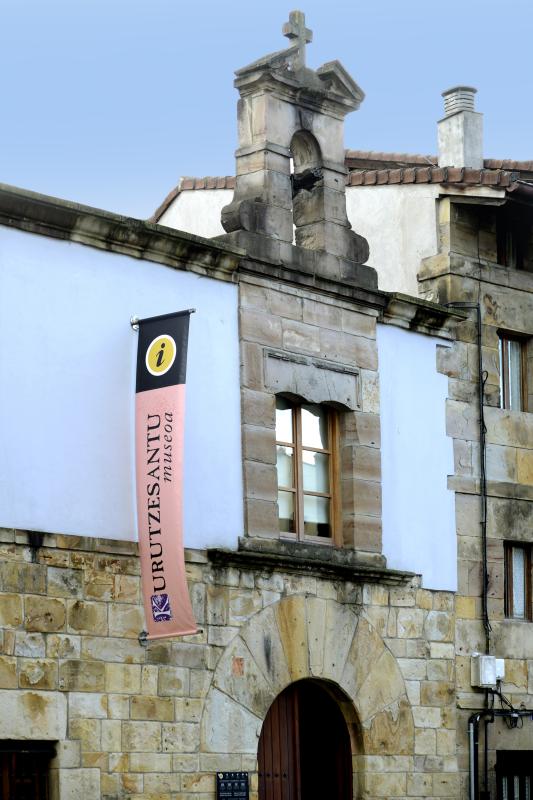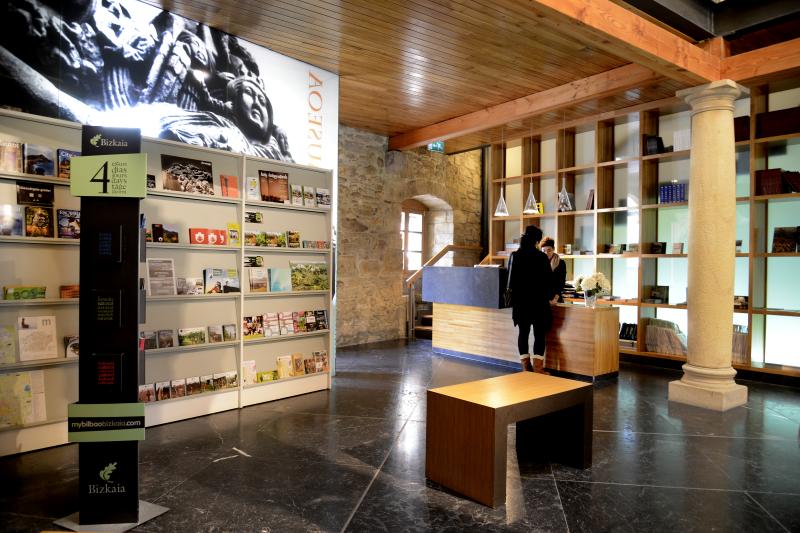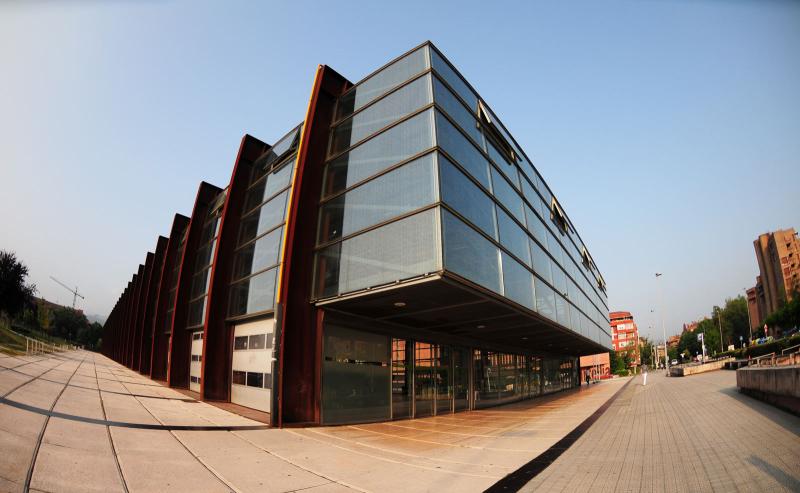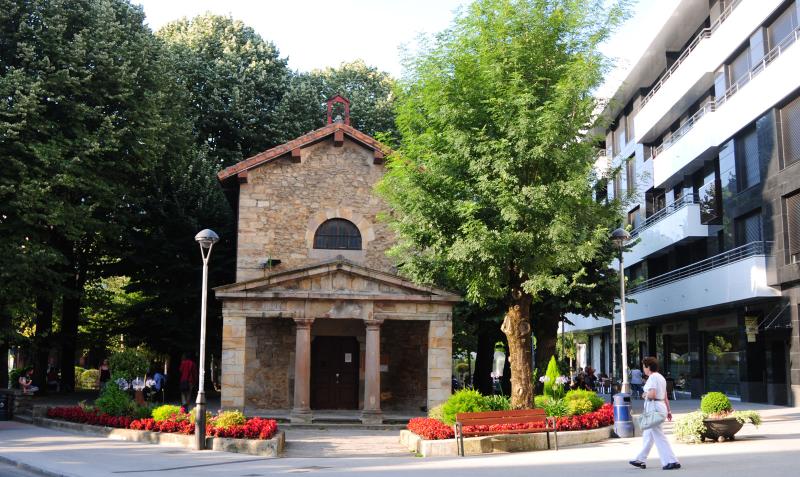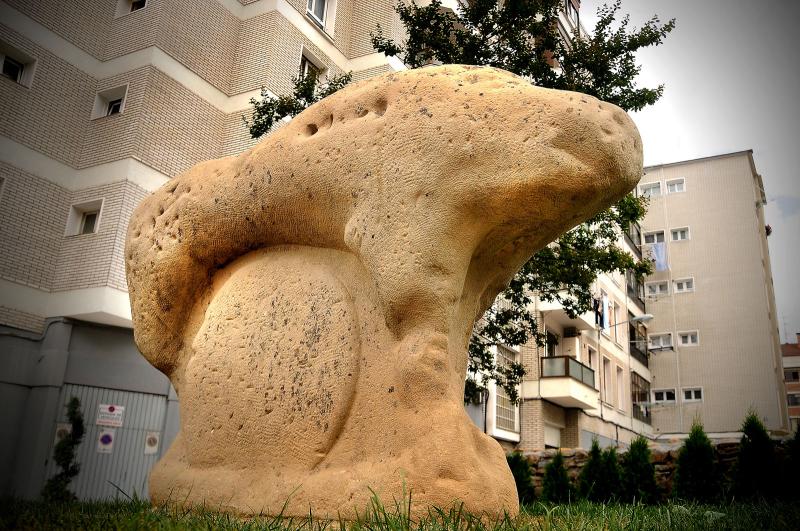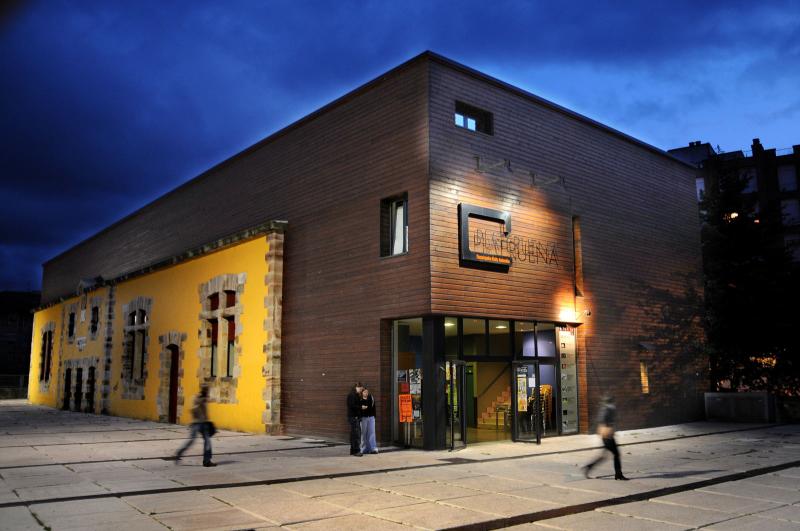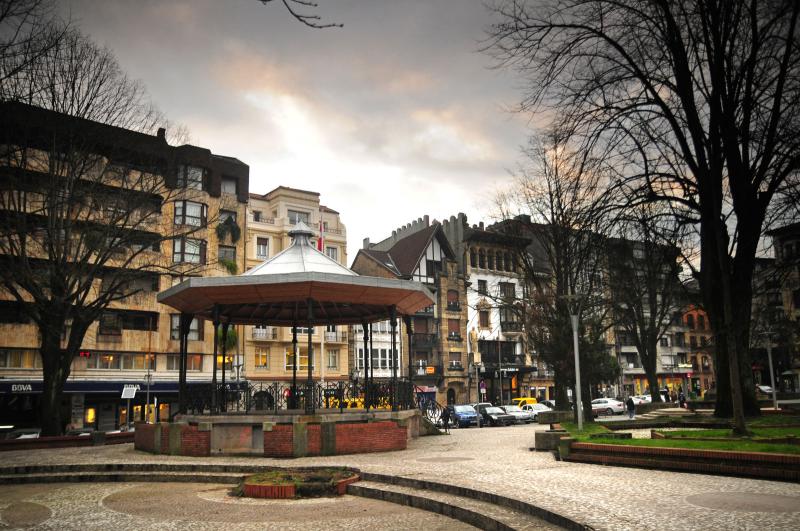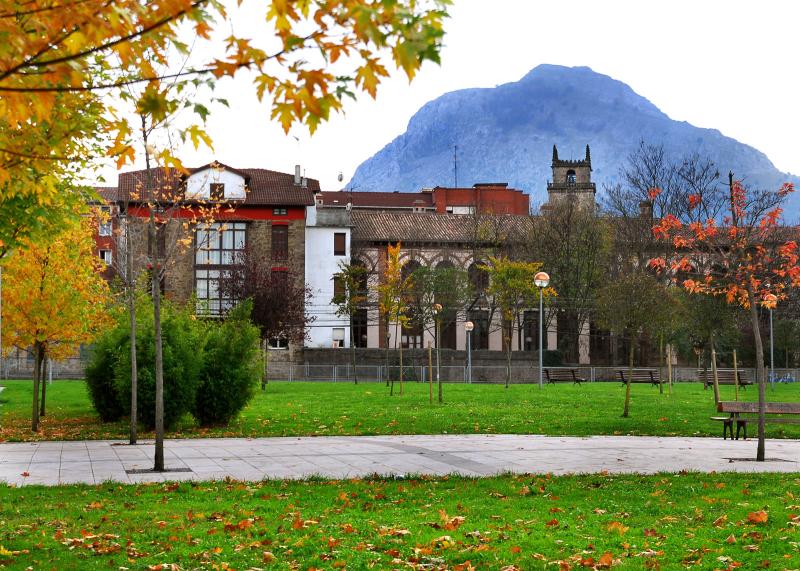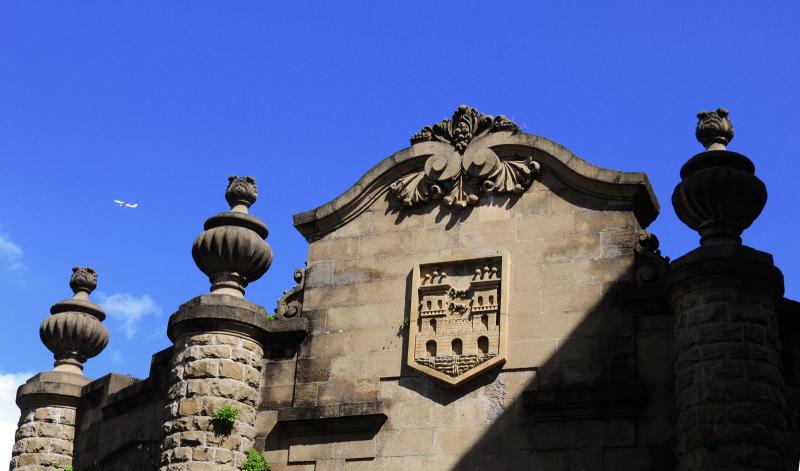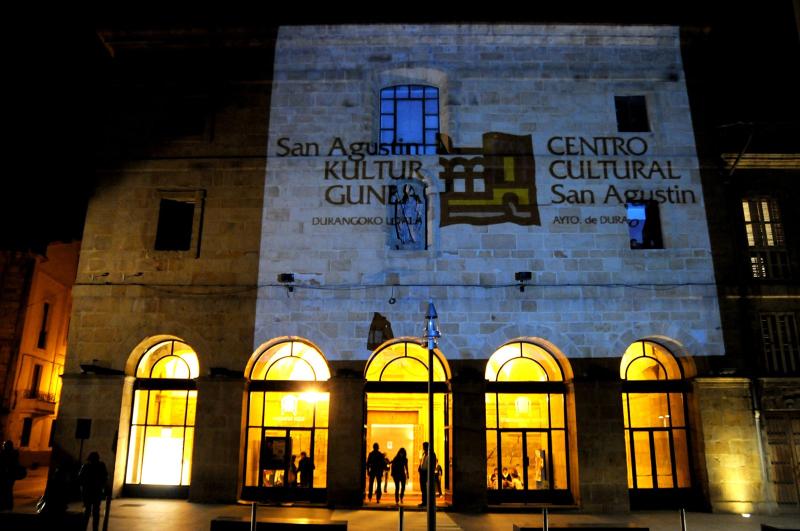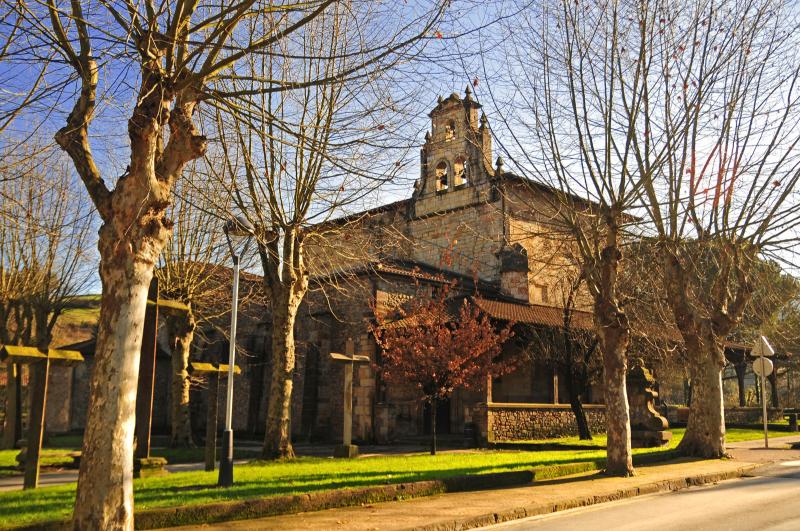The Tourist Office is located in the Kurutzesantu Museum. ![]()
| ASTELEHENA | ASTEARTEA | ASTEAZKENA | OSTEGUNA | OSTIRALA | LARUNBATA | IGANDEA |
| LUNES | MARTES | MIÉRCOLES | JUEVES | VIERNES | SÁBADO | DOMINGO |
| MONDAY | TUESDAY | WEDNESDAY | THURSDAY | FRIDAY | SATURDAY | SUNDAY |
| LUNDI | MARDI | MERCREDI | JEUDI | VENDREDI | SAMEDI | DIMANCHE |
| 10.00 - 14.30 | 10.00 - 14.30 | 10.00 - 14.30 | 10.00 - 14.30 | 10.00 - 14.30 | 10.00 - 14.30 | |
| * 16:00-18.30 | 16:00-18.30 | 16:00-18.30 | * 16.30 - 18.30 | * 16.30-18.30 | ||
| * Goi Sasoia: Aste Santua, Uda, San Fausto (Urr. 13) eta Abendua. Sasoi altuan, asteazkenetan arratsaldez ere irekita. Larunbat eta igandeetan arratsaldetan, soilik Museoa. | ||||||
| * Temporada Alta: Semana Santa, Verano, San Fausto (13 Oct.) y Diciembre. En T. Alta, abierto también los miércoles por la tarde. Sábados y domingos por la tarde solo el Museo. | ||||||
| * High Season: Easter, Summer, San Fausto (13th Oct.) and December. In high season, also open on Wednesday afternoons. Saturday and Sunday afternoon just the Museum. | ||||||
| * Haute Saison: Pâques, Été, San Fausto (13 Oct.) et Décembre. En haute saison, ouvert également le mercredi après-midi. Le samedi et le dimanche l´àpre-midi uniquement le Musée. | ||||||
The Museum houses the Cross of Kurutziaga, a cross of outstanding gothic beauty that has merited the status of Historic Artistic Monument.
The Cross of Kurutziaga dates from the late XV century or early XVI century.
This cross tells a story, beginning at the lower part of the column, which represents Sin and Retribution. Then rising to the capital, which represents the Church and the Gospel, arriving at the crosspiece, representing Redemption, that is to say, the message of Pardon and Salvation; Hope.
It is of gothic style with a clear Flemish, German influence. It would appear that whoever sculpted it was perfectly in tune with the artistic trends of that era.
There are several versions of the exact meaning of the Cross. The most commonly-held belief is that it refers to the heretics of Durango. However, certain historians maintain its relation to the brotherhood and chapel of Vera Cruz, while others point to a quite different function, that of marking a boundary.

